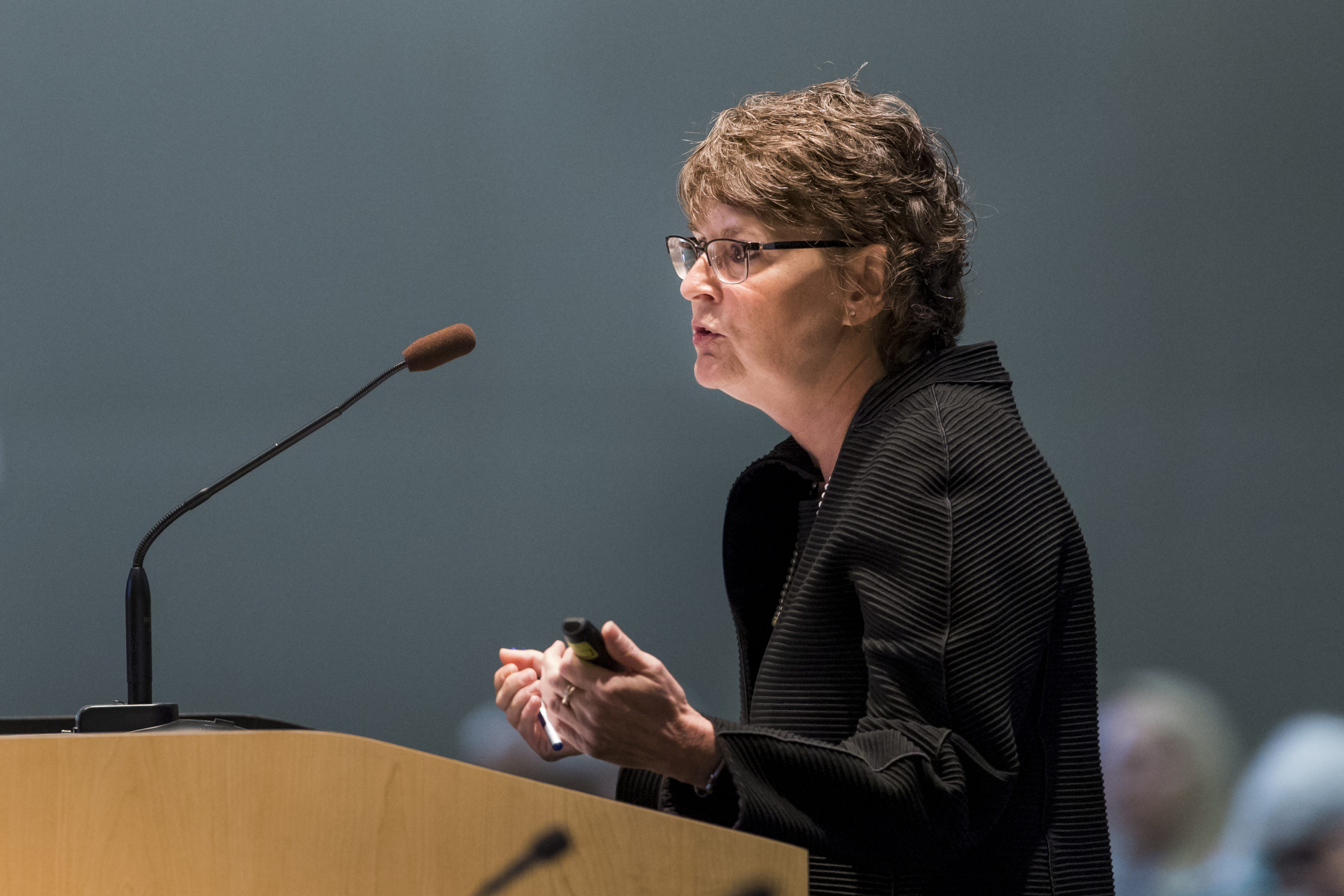
On Friday, state economists weighed in on a number of bills that potentially could become law in the 2020 Session.
Among the matters weighed: court fee changes; red light camera repeal; various forms of tax abatements and credits.
License to drive
HB 903, a Rep. Byron Donalds bill that would change fines and fees in court settings, could potentially have a negative impact on revenues related to traffic infractions, because driver’s license reinstatement would no longer be contingent on paying fines.
The fines would still be owed, but the enforcement mechanism of yanking licenses would be stripped.
Only a handful of states do not suspend licenses for nonpayment, and while theories point to positive and negative impacts, there is scant data. Oregon’s legislation suggested a 36.5% reduction in court revenues, but other states’ legislation does not consider such.
California, meanwhile, which uses the “payment flexibility” proposed in the Donalds bill, actually saw an 8.9% increase in collections on newly issued tickets year over year.
A registration hold was discussed as another clawback mechanism less onerous than a suspended license.
“These bills do morph,” said EDR head Amy Baker, suggesting changes in the process could affect projections.
Red light special
HB 6083, which would repeal the Mark Wandall Act that allowed for Red Light Cameras, would negatively impact revenues.
Assumptions are that locals will phase out their programs gradually ahead of the proposed implementation in 2024, with an eventual annual fiscal impact of $63 million.
School ties
SB 1236, a Sen. Joe Gruters bill that would allow educational institutions greater latitude in tax abatement, would expand the latitude for them to partner with private entities.
However, the educational institutions themselves would confer the tax benefit, which would exempt buildings and land.
Economists were challenged in figuring out what the fiscal impact would be: “We don’t know how many parcels there are out there … we don’t know what the contract looks like.”
However, the “high” estimate suggests a negative tax impact of $219,266,035, which Baker questioned.
Millage miasma
SB1034, from Sen. Bill Montford, would extend the maximum number of years for referendum-driven millage hikes from four to ten consecutive years.
Unknown: how many counties would actually make this move.
While counties currently can extend for four years in a row, “the future is indeterminate,” one committee member joked.
“Zero positive … indeterminate'” is the impact.
Internship tax credits
HB1101/SB1412 would allow for businesses to take $2,000 tax credits up to $10,000 in any taxable year for “degree-seeking student interns.” It would also allow for a carry forward, but the bill does not specify how much could be carried forward.
The impact by 2024-25, if this passed, could result in a $102,806,015 decrease in revenue, assuming 10,000 companies max out with five student interns each. The low range of the estimate is just under $30 million.
Panelists balked, given that just over 31,000 internships would have qualified by the last count.
“I’m just not sure how many corporations would do that,” Baker said.
Water works
With a water crisis looming in Florida, reclaimed water from sewage treatment is one potential solution. Sen. Ben Albritton‘s SB1656 would offer tax credits for reclaimed “potable reuse” water.
The bill contemplates up to 20 years of tax credits, capped at 5% of capital costs for improvements each year.
EDR does not know how many of these projects, which include public-private partnerships, could qualify. There are also questions about the tax liability for capital investments in the bill.
Costs are “highly dependent” on technology being used, and the analysis remarks that “economies of scale remain in the wastewater treatment industry.”
A handful of local utilities have piloted these projects, which have proved controversial. Costs, in terms of capital and production, are all over the board. The capacity changes the fiscal impact.
Even if this program were ratified, tax credits wouldn’t be taken until FY 2025-26, outside of the five year forecast window.



